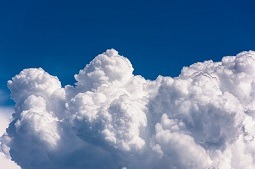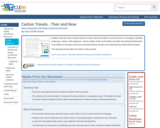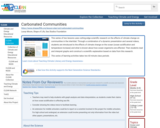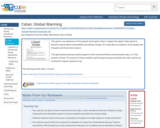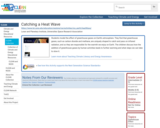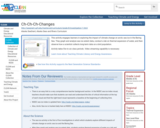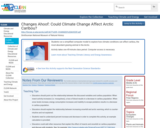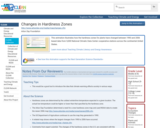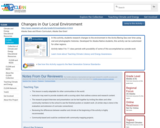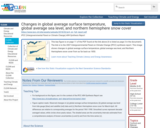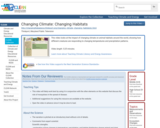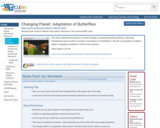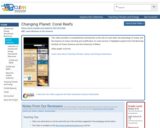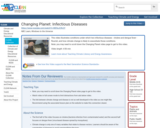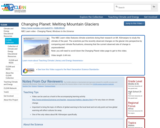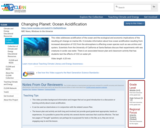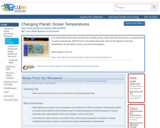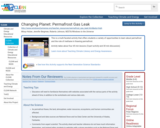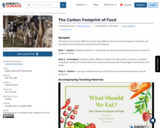
SYNOPSIS: This lesson shows that different foods have different environmental impacts. Students will calculate ratios and practice proportional thinking.
SCIENTIST NOTES: This lesson is thoroughly sourced. It is engaging and suitable for students to understand how to measure carbon footprint from food sources. The activities in the lesson would also enable them to build their quantitative skills to determine the extent of CO2 impact on the environment. The lesson has passed our science review, and it is advised for classroom use.
POSITIVES:
-This lesson is great because it shows that different foods have different environmental impacts.
-It shows the great disparity between certain types of foods. For example, creating 1 kg of beef (from a beef herd) emits 99.48 kgCO2eq. Creating 1 kg of potatoes creates only 0.46 kgCO2eq. Raising beef creates more than 200x the carbon dioxide than raising the same amount of potatoes!
ADDITIONAL PREREQUISITES:
-You will need to share the Student Slideshow with students and grant them editing rights. They will all be writing in the same slideshow.
-In general, animals and animal products use far more resources than plants.
-Kilograms are used in this lesson. Some students will be unfamiliar with this unit. You can read more about the kilogram at Britannica. An easy conversion from kilograms to pounds is 1 kg = 2.2 lbs.
-Kilograms of CO2 equivalent are also used in this lesson. This is pretty abstract for the students. You can have them imagine holding a 2.2-pound ball in their hands. This ball has mass and takes up space. This is the "pollution" generated when creating different foods.
DIFFERENTIATION:
-You can create groups of students with mixed abilities.
-If a group finishes early, you can ask these extension questions:
-"Food 1’s emissions are what % of food 2’s emissions?"
-"Can you convert your answers from kilograms to pounds?"
-The Investigate section features a completed table of calculations. You can use this before the students begin their calculations. You can also share this with certain students or groups and let other groups complete their calculations on their own. Another option is to have students use the completed table to check their thinking when they are finished. There is a walkthrough of calculations in the speaker notes of this slide.
- Subject:
- Mathematics
- Material Type:
- Lesson Plan
- Provider:
- SubjectToClimate
- Author:
- Dan Castrigano
- Date Added:
- 06/30/2023
